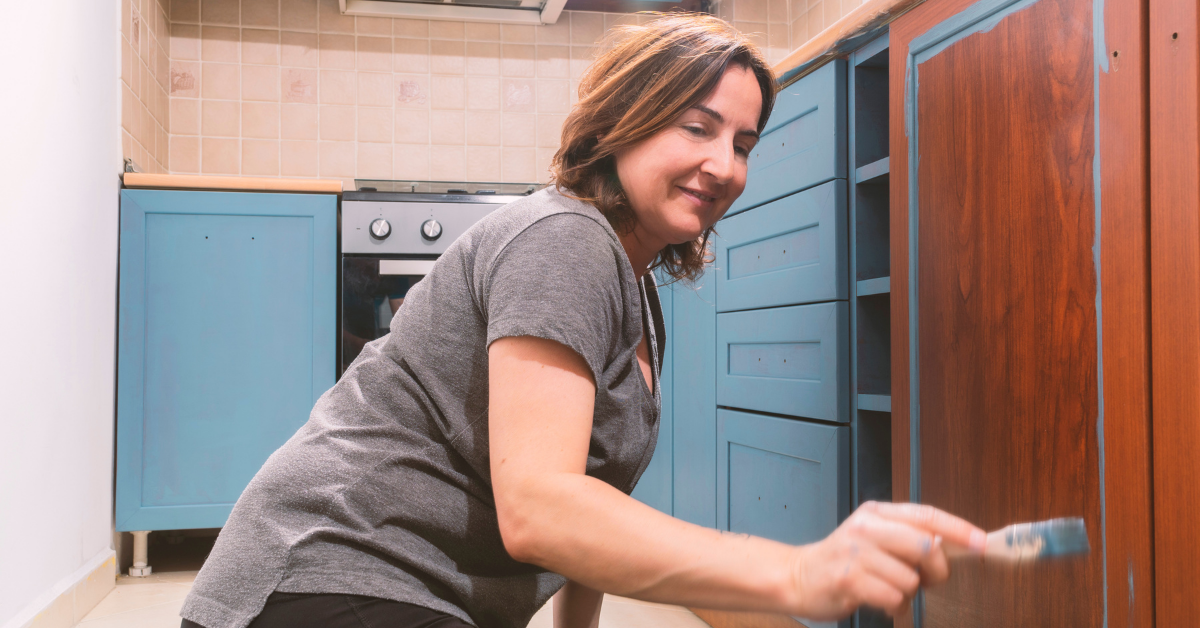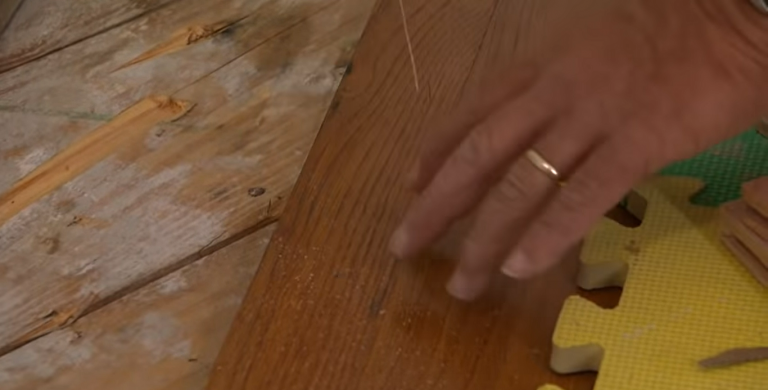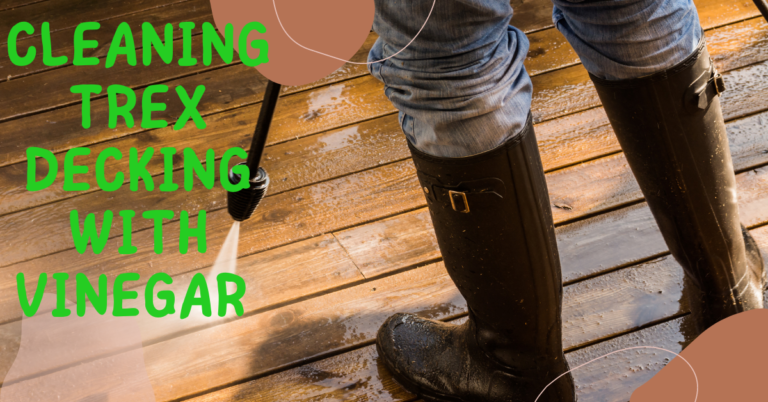How To Fix Worn Spots On Kitchen Cabinets
The kitchen cabinets are one of the first things you’ll notice when you walk into any kitchen. Cabinetry is important not only for storing canned goods, spices, and dishes but also for tying a kitchen’s style and theme together.
But what if your cabinets are a little worn, weathered, have noticeable dings and dents, and don’t appear to be in good shape? Take a deep breath and learn how to fix worn spots on kitchen cabinets before embarking on a kitchen renovation project.
You can preserve your cabinets from being damaged at an inopportune time and return them to their former brilliance.
Discoloration, scratches, and dents are all signs of wear caused by the regular use of your cabinets in the busiest room in the house. In this article, we’ll show you how to do fix worn spots on kitchen cabinets using a step-by-step process that includes using putty, stain, and other materials.
All at a Glance
Causes of Worn Spots on Kitchen Cabinets
Kitchen cabinets are one of the first things you’ll notice when you walk into a kitchen. After all, it provides necessary storage while also contributing to the overall look and feel of your kitchen!
These, like every other aspect of your home, will not last indefinitely. Your cabinets will fade with time, developing worn patches as well as dents and dings.
However, a variety of factors in your kitchen might cause cabinets to become worn. As a result, it’s critical to understand how your cabinetry is affected.
In any case, once you’ve identified the root of the problem, finding a solution should be a piece of cake! Take a look at some of the most common reasons behind this:
- Spilled Food: Due to uncleaned, spilled meals that have stayed out too long, kitchen cabinets can become significantly discolored and ruined over time.
- Excess steam: Kitchen cabinets can be harmed by steam/moisture from coffee pots, cookware, and other kitchen appliances.
- Leaks: Leakage can be harmful to your cabinetry, whether it’s from your walls, busted pipes, or liquid from stored meals.
- Poor construction: Cabinets with low-quality treatments or finishes are more likely to acquire worn patches. It could also result in more serious issues such as chipping and fading.
- The type of wood: If your kitchen cabinets are made of wood, they are more susceptible to damage. After all, some types of wood are more susceptible to fading, warping, and general decay than others.
Also Read: Top 5 Best Sealer for outdoor for furniture
Safety Tips and Measures before fixing worn spots on cabinets
1. To begin with, never skip cleaning and sanding because it will damage the final result. After all, these aid in the adhesion of the stain or paint to the cabinets’ surface. So, even if it appears to be a pain, stick with it for the greatest outcomes!
2. Aside from that, experts recommend masking the entire procedure. This is due to the fact that working with paint and stains exposes you to harmful fumes. If not, make sure your kitchen is properly aired. This, however, allows dust and other dirt to enter, putting your cabinets in jeopardy.
3. Another precaution is the use of plastic gloves! These shield you from the harmful chemicals found in paint and stain. It saves you a lot of time because both are difficult to remove. In any case, exercise caution and restore your kitchen cabinets appropriately.

How to fix worn spots on kitchen cabinets
- Take a look at the various cabinet types available.
Before you do anything else, you should figure out what kind of material your cabinets are constructed of, because different materials react differently to different types of damage.
While the majority of cabinets are constructed of wood, there is still a large variety of wood varieties to choose from. Tolerances and sensitivities to light, water, temperature, and physical impact may vary by type.
Hardwood, for example, is prone to discoloration, particleboard sag, and plywood warps, leaving your fixture vulnerable to dents.
Continue your visual examination by checking for signs of water damage, peeling, nicks, chips, and other unsightly flaws. You’ll be able to judge the amount of harm and the therapy you’ll require after your overall assessment.
- Clean the Cabinets That Have Been Affected
Using a moist cloth, wipe the filth and grime from your cabinets. Allow your cabinets to dry completely before proceeding. This procedure brings flaws to the foreground, allowing you to address them properly. It also makes eventual touch-ups a lot easier.
After cleaning, you’ll be able to make a more accurate assessment of the state of your cabinet. What tools and equipment you’ll need for the next step depends on the situation.
- Make Use of the Appropriate Tools for the Job
Most of the tools you’ll need for refurbishing are already in your toolbox or can be simply purchased at a nearby hardware store. If your cabinets have minor scratches, you can cover them using a touch-up marker. Make sure to choose a color that matches, or is at least comparable to your cabinet.
However, if you have more severe wood stains and discoloration, you may need to sand down worn spots or the entire cabinet if necessary. The existing finish on the panels, if any, must be removed in order for the new finishes to adhere better.
These tools include:
- Medium and fine-grit sandpaper
- Gloves
- Safety glasses
- A respirator mask and a tack cloth are all required in this scenario. You can do so by following the steps below:
- Wear your protective gear and work in a well-ventilated location.
- Remove any door handles or accessories that will get in the way when sanding if at all possible.
- Using medium-grit sandpaper, sand down the worn areas. Some people like to sand all surfaces uniformly, depending on the state of their cabinets.
- Using fine-grit sandpaper, smooth out the surface.
- Remove the dust with a tack cloth.
- If you have a buffer or polisher at home, you can use it to create a smoother surface. It’s great if there’s no evidence of the old finish at this point so that the next steps go smoothly.
- If necessary, apply putty.
Kitchen cabinets are prone to gouges, fractures, and dents. However, as long as the damage does not compromise the cabinet panel’s structural integrity, you can attempt to repair it. Your goal is to fill in any gaps so that the wood surface is level.
Use putty sticks to fill tiny gouges and let them cure for several days before completing. Wood filler or putty can be used to cover larger gaps. Both come in a variety of wood tones that may help to hide the flaws in your cabinet.
Wood putty has the consistency of clay and is easy to apply over big surfaces. It is well-known for being both inexpensive and long-lasting. It does, however, stay moist for a long period, allowing you to extend your project.
Wood filler, on the other hand, dries much faster. It also has a lot of coverage, yet it has a tendency to shrink or expand in hot or cold weather. You can sand specific sections again after filling up gaps to guarantee a completely level surface.
- Apply a fresh coat of stain or paint
Apply a new stain or paint over the spots you corrected with a paintbrush now that you have a level surface. Make sure the color you choose matches the color of your cabinet. You’ll have a homogeneous pigment all over your cabinet if you’re conducting a complete restoration.
Allow the first coat to dry before deciding if a second coat is necessary. Before moving on to the next stage, let the previous coats dry.
- Coat the surface with polyurethane.
Finally, using a different paintbrush, apply a coat of polyurethane to a specific area or the entire cabinet. This coating will guard your cabinets from abrasion and water damage, among other things.
Polyurethane coating not only adds resilience to wood surfaces, but it also gives them a smooth, glossy finish that makes them look like new!

Can You Re-stain Cabinets Without Sanding?
You may be able to skip sanding your cabinets before re-staining unless they have serious and noticeable damage such as deep dents, scratches, or scuffs. Remove any exposed hardware that you don’t want to get stained. Wipe down your cabinetry with a moist cloth to remove any dust or debris, and then let it dry completely before proceeding.
Remove any polyurethane coating to make the cabinets easier to refinish. Scrape away the old surface and use a buffing tool to smooth it up. Using a de-glosser or cleanser and a thick rag, thoroughly clean the cabinet.
Allow for drying time before applying the first coat of stain and allowing it to cure overnight. Apply a final coat of stain, making sure the cabinet is even, and then cover everything with a coat of polyurethane. After the repair is finished and dried, you can replace the cabinetry hardware.
Conclusion: How To Fix Worn Spots On Kitchen Cabinets
Kitchen cabinet restoration is a rather simple task, and as you can see, you have a variety of alternatives for making the cabinets look brand new. Re-painting, varnishing, putting a wood finish, or staining are all alternatives. Remember that doing equal prior work is the best approach to assure a high-quality outcome.
When you finish the technique for repairing spots on the cabinets, your kitchen will appear to be brand new. It will pique your interest in cooking because it will feel great.
However, taking care of your kitchen should be a part of your weekly routine, so set aside time each week to complete the necessary fittings. It does not take much of your time, but it keeps the area fresh and energetic so that you can go there and feel good about cooking for yourself and your family.
Important Reads:





